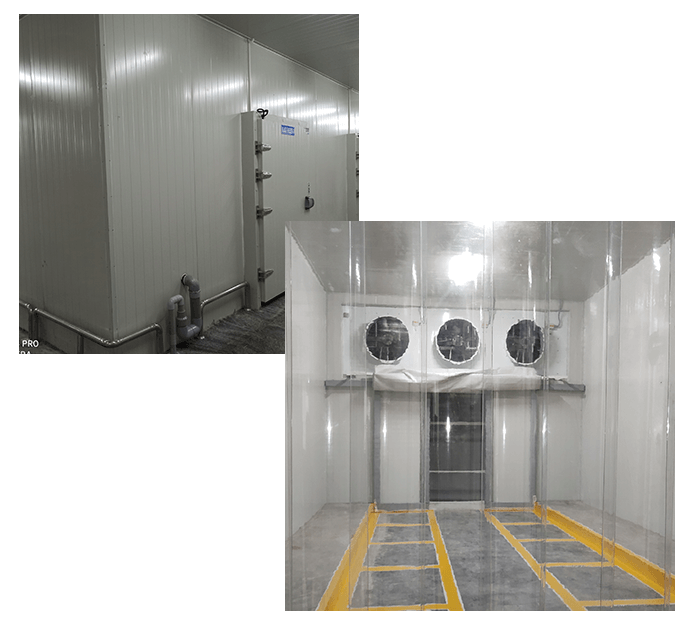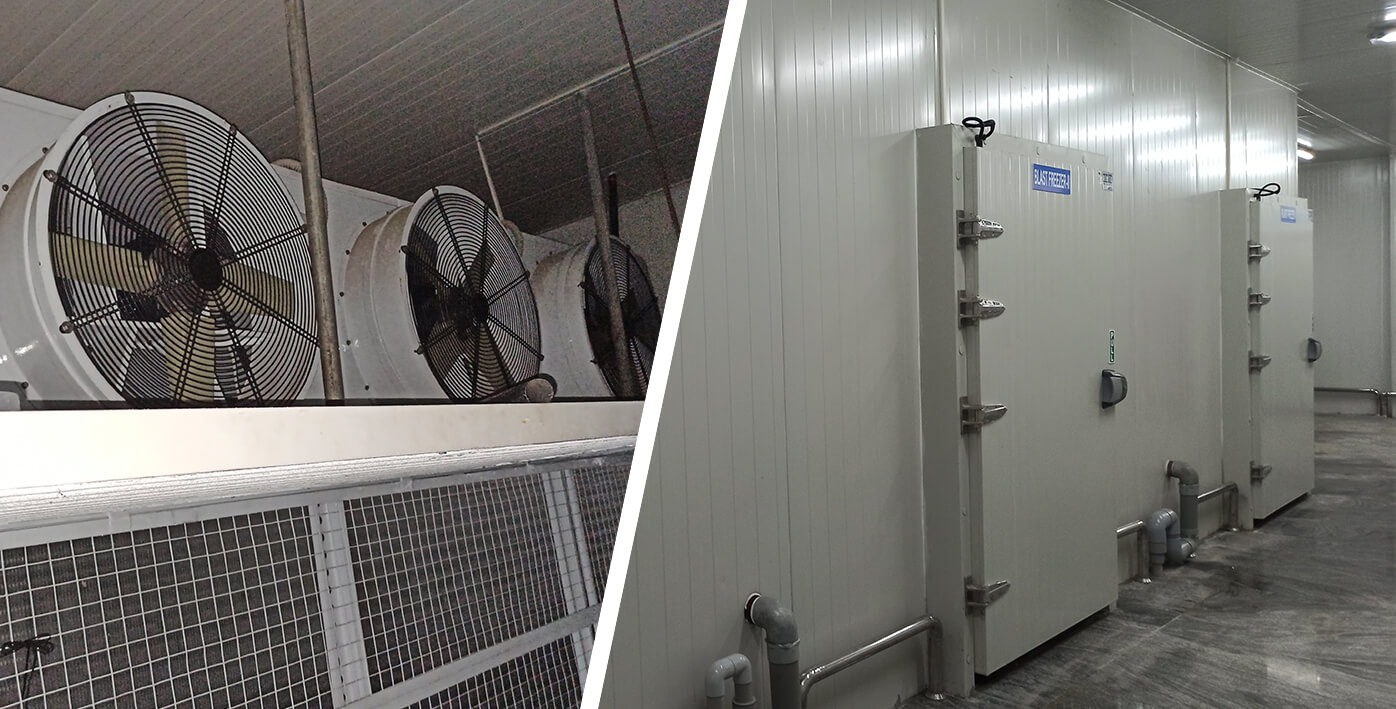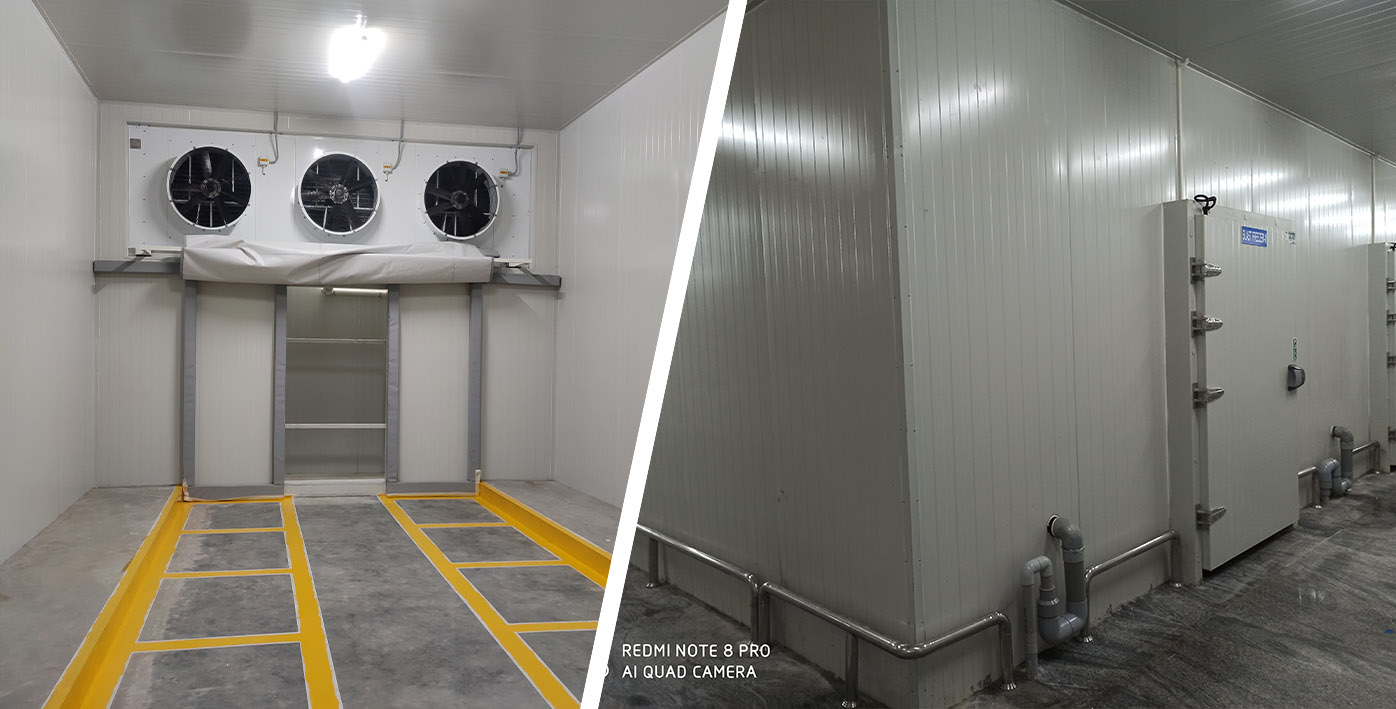How Cold Chain Solutions Can Keep Your Goods Cool and Safe

Admin
June 9, 2022


June 9, 2022

A type of specialised supply chain, cold chain solutions involves the storage, transportation, and preservation of the goods at a specified low temepraure or within a range. The global market size of cold chain is expected to reach over USD 340 billion by 2025. As customers become more aware about food wastage and the demand for organised retail increases, the cold chain is bound for growth. Notably, cold chain has been an important part of the food and beverage industry, helping avoid food degradation and maintaining food quality and safety.
In this article, we will dive deeper into cold chain solutions, management, and its importance in keeping your goods safe.

There are a few distinctive differences between the cold chain and supply chain.
Cold chain solutions play a critical role in building and maintaining cold supply chains effectively. This term is often used to describe the development, maintenance, and application of cold chain technologies in packaging, moving, distributing, selling, and warheousig perishable, short-life cold chain goods.
Essentially, cold chain solutions are the culmination of technology, expertise, products, processes, and management to keep the supply chain functional and effective. Although sometimes used interchnagably with cold chain soltuions, cold chain management involves management or handling of all aspects of the cold chain that includes goods which are in transit, process, storage or even at display for selling.
Whether you want to deliver your fresh produce to the other part of the region, ensure the right price for your meat products, maintain the freshness of your fruits from farm to table, or ensure safety and integrity of the pharmaceutical products, cold chain solutions are the right choice.
Temperature-sensitive products or goods such as
need to be transported and stored at a specified temperature and humidity levels to maintain their integrity, efficacy and safety, while adhering to the regulatory requirements.
Any failure or disruption within the cold chain solutions or management at any stage can lead to degradation, spoilage, wastgae, and financial losses. Thus, maintaining the right ambient conditions from the beginning until the goods reach the end customer is important for getting the right business value.
Cold chain solutions or temperature-controlled logistics offer many business advantages including
Cold chain solutions ensure safety, quality, and efficacy of temperature-sensitive products and thus, rely on these listed elements to keep your goods cool and safe.
Adoption of cold chain solutions depend on your needs. For instance, solutions available in the market, your product type, required temperature range, or destination help you amke the right chocie.
Rinac, a leader in cold chain soltuions has leveraged its experience and expertise of working along various industry leaders to develop sustainable, eco-friendly cold chain solutions to meet all your business needs, whilst keeping your goods cool and safe!
